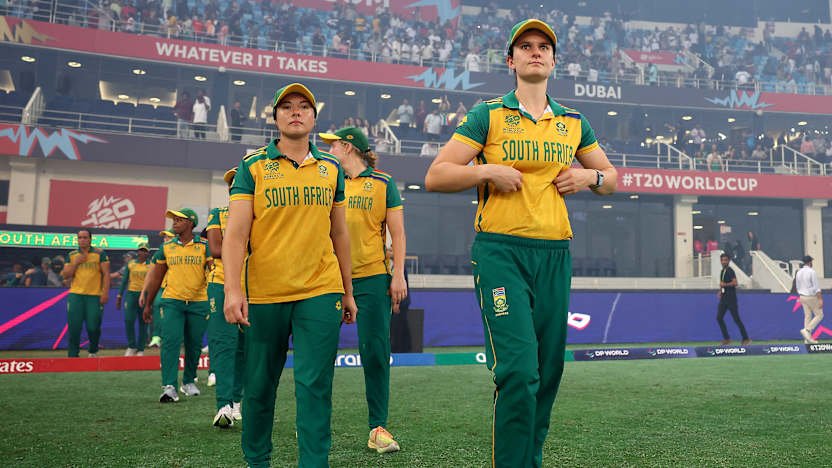
As the countdown to this year’s Women’s Cricket World Cup intensifies, the South Africa women’s cricket team has turned its full attention toward sharpening their skills and strategies through a competitive tri-series featuring India and Sri Lanka. The series is not just another round of international fixtures—it represents a vital stage in the Proteas’ preparation for the global tournament, where they aim to make a serious push for the title.
With the World Cup looming on the horizon, the South African squad knows the importance of every match leading up to it. Facing two diverse and talented sides in India and Sri Lanka offers the perfect platform to assess their strengths, fix their weaknesses, and establish rhythm and cohesion. Both their opponents present unique challenges: India with their powerful batting lineup and tactical bowling attack, and Sri Lanka with their unpredictable style and flair.
Head coach Hilton Moreeng has emphasized the need for consistency and composure under pressure. “The tri-series gives us a chance to simulate World Cup scenarios,” he said before the start of the tournament. “We’re not just focusing on results—we’re looking at how players adapt to different situations, how they execute plans, and how well we function as a unit.”
This series is particularly significant for South Africa’s leadership group. Captain Laura Wolvaardt, who took over the reins recently, has been tasked with leading a relatively young side while maintaining the high standards set by her predecessors. Wolvaardt, a seasoned batter herself, has been in impressive form and will be crucial both as a run-scorer and as a tactical leader on the field.
The tri-series has also offered the opportunity for fringe players to step up. The likes of Tumi Sekhukhune, Nadine de Klerk, and Anneke Bosch are being closely watched, as they try to cement their places in the World Cup squad. Their performances in different match situations—especially against experienced Indian and Sri Lankan players—will weigh heavily in the final selection decisions.
Equally important has been the role of the bowling unit. South Africa boasts a strong pace attack, led by the likes of Ayabonga Khaka and Masabata Klaas. But with spin expected to play a major role in the subcontinental conditions where the World Cup is scheduled, the team is putting considerable emphasis on giving overs to their slower bowlers, including Nonkululeko Mlaba and Sune Luus. The management is keen to find the right balance between pace and spin options ahead of the global tournament.
India and Sri Lanka, too, are treating the series as a preparatory exercise, which adds to the intensity of the contests. Every match has featured competitive cricket, with batters and bowlers from all three nations being tested across various conditions. For South Africa, this is an ideal setting to build momentum, foster team chemistry, and refine strategies before the biggest stage.
With the World Cup now only weeks away, every innings, every over, and every decision in this tri-series could shape South Africa’s campaign. And judging by the intent and focus on display, the Proteas are leaving nothing to chance as they gear up for what they hope will be a historic tournament.

